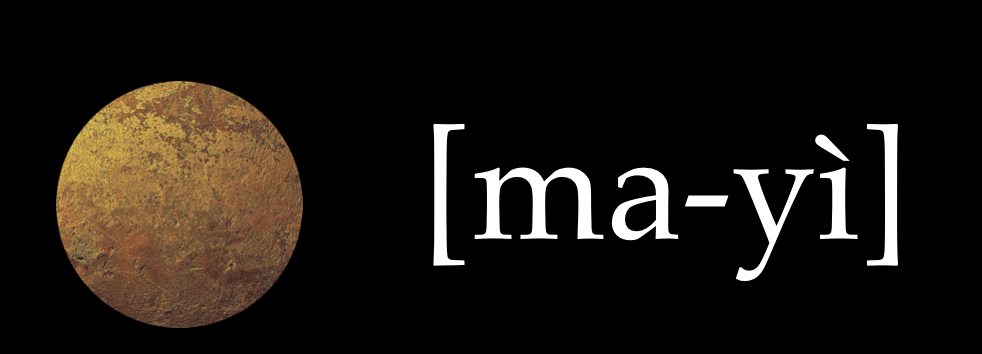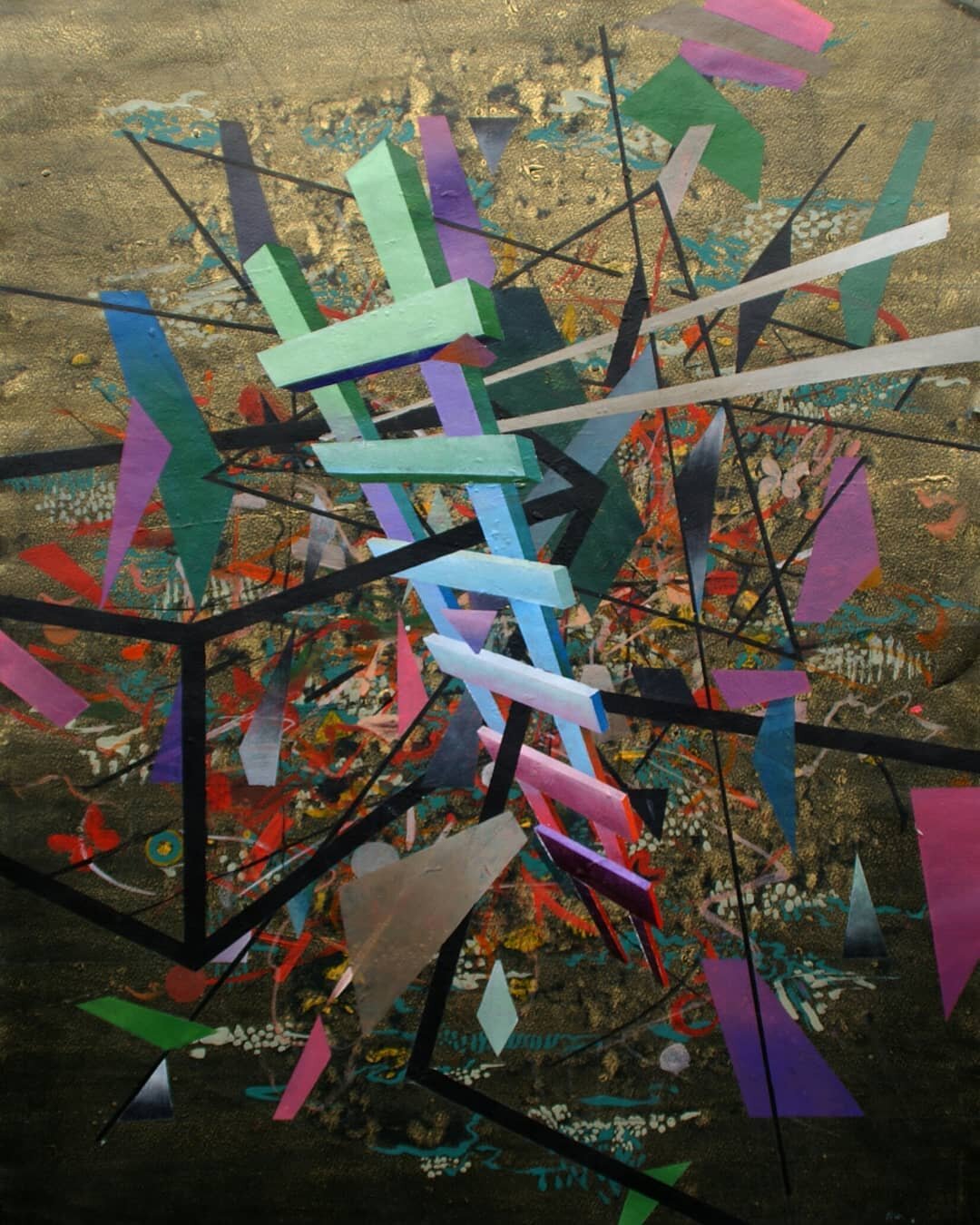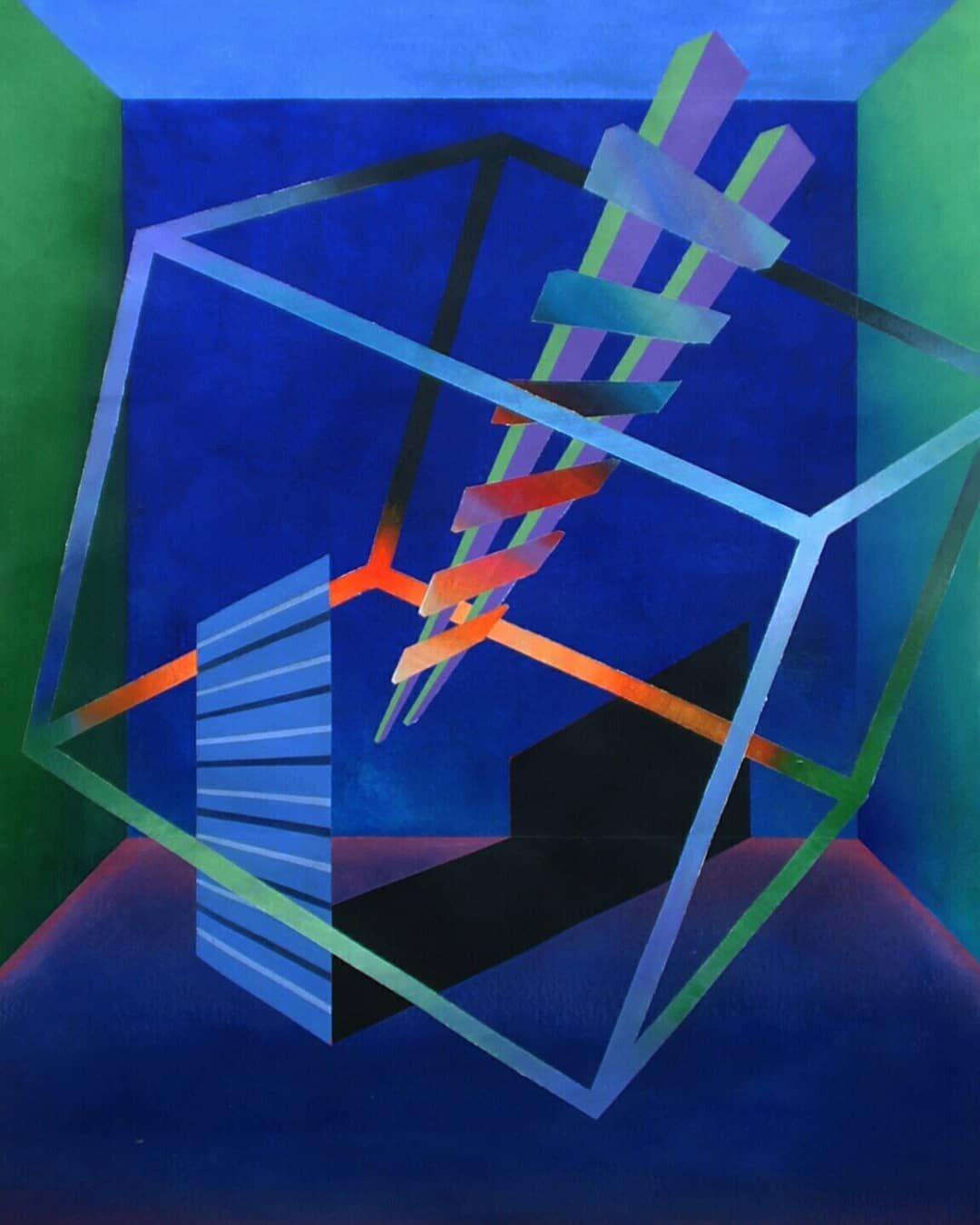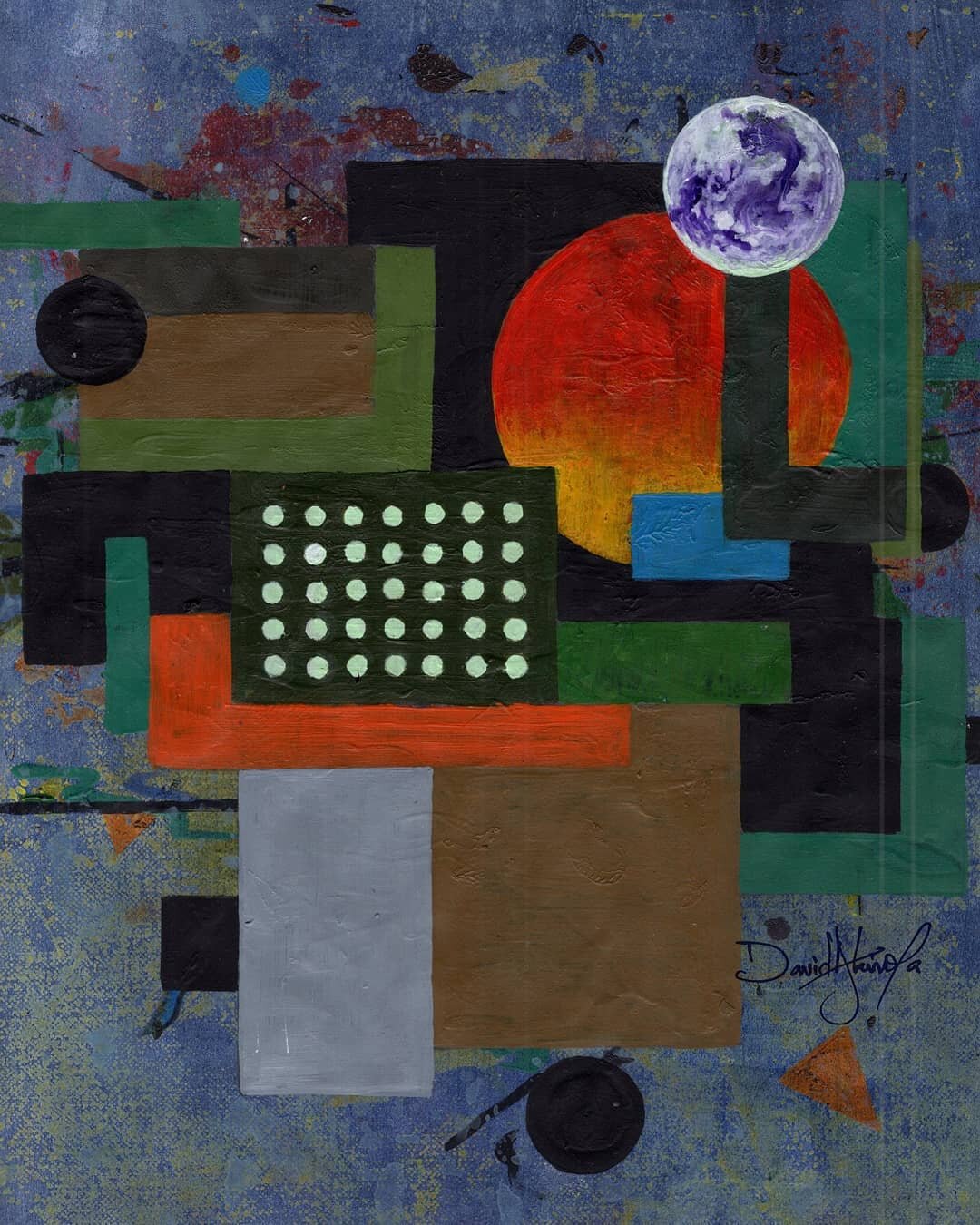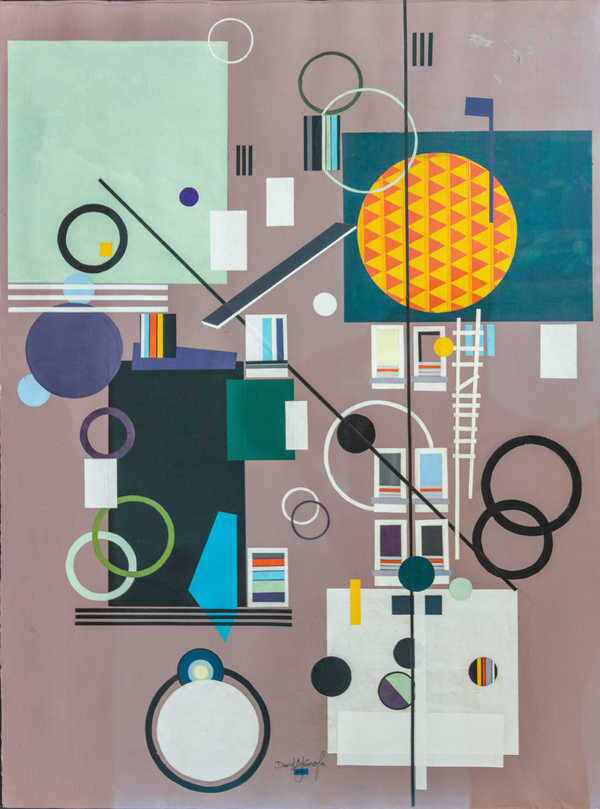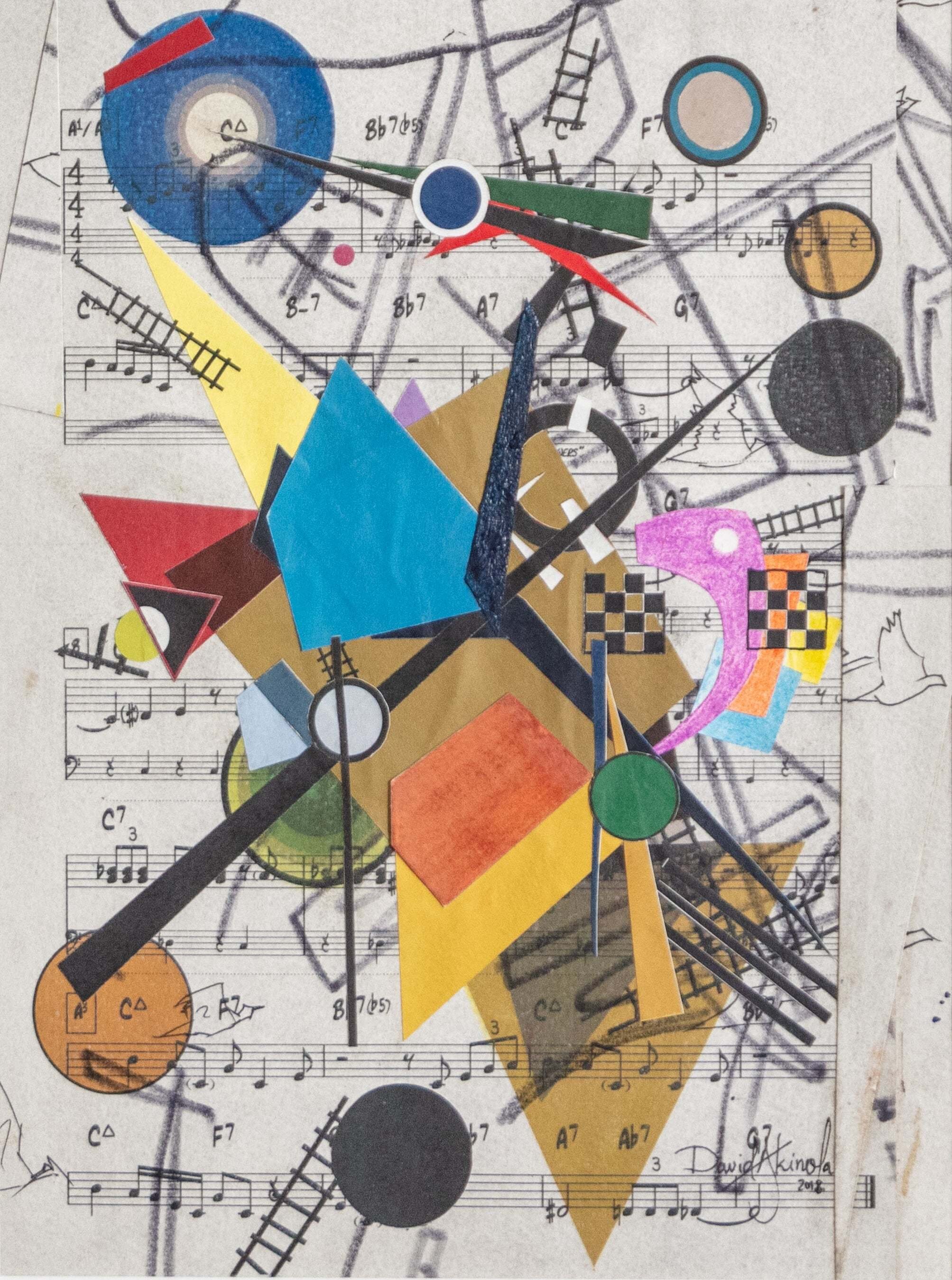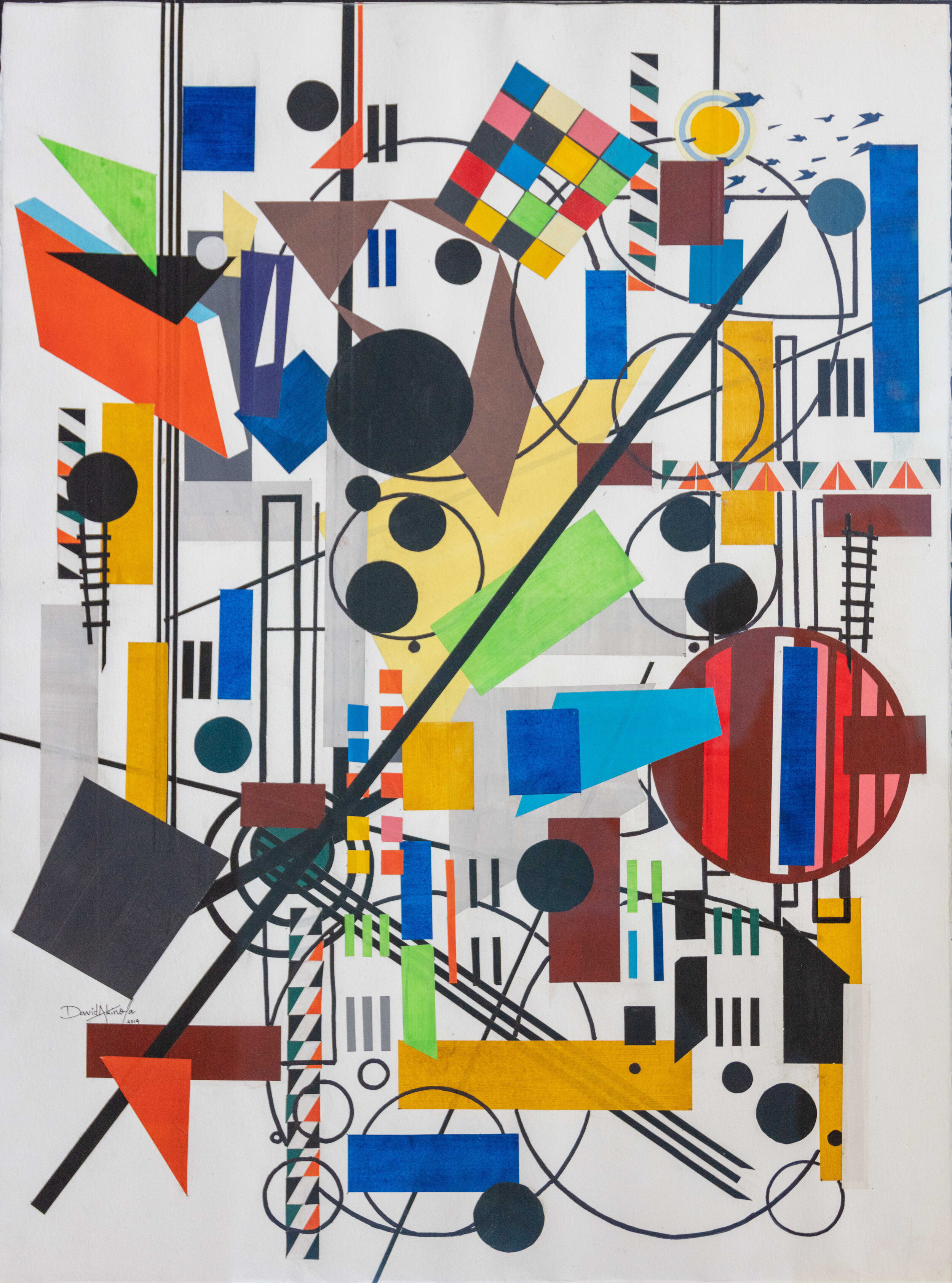David Akinola : From Lagos to the Moon.
David AKINOLA in conversation with [ma-yì]
Raw, honest and lucid this is how we can describe David AKINOLA’s work, perfectly matching his views on life and society. We had a chat with the Zaria native aged 27 today. We discussed social order, uncertainty in our times and went up to the moon … and Elon Musk !
Before meeting with Akinola, we already sense that he is one of a kind. The Nigerian artist explores shapes and influences, navigates from the lucid to the underworld of consciousness to produce enigmatic canvases and drawings we are eager to discover the story. The first thing he confirms is his inborn calling for arts.
“I've always been interested in arts. I remember making Christmas decorations with my family as a child and really enjoying the process of creating things. He remembers. That’s how it started. My work is a reflection of thoughts, feelings and desires. I think it is supposed to be self explanatory, if we know what constitutes “African” and “arts”, we can start from there.”
David Akinola is ambivalent in his work, exploring recurring patterns : explosive shapes, and abstract constructs. To which he adds :
“I adore women and they in turn, inspire me a lot. The beauty and uniqueness I see or feel about the woman, that's what I try to depict.”
M.A : Another recurring theme and symbols we find fascinating through your work are the moon and the ladder… What is your relationship with those ?
D.A: There’s this darkness that’s been on earth for over a year now and I’m sure some of us felt it even though we may not have understood what was happening. 2020 simply came and started to explain some of it. So, I find the moon very inspiring in these dark times. The moon is light, it's beautiful. It's also a reminder for me that the sun is still around and will return tomorrow, because the moon reflects the sun’s light, right ? The ladder, for me, could be a way of reaching out – prayer, contemplations and so forth. There’s also the fantasy part, where I imagine escaping the earth, you know, there’s just too much going on, give me a break !
M.A : Actually the moon and the ladder have become prevalent and central in your Transitory series.
D.A: When I started, it was about confronting my mortality. The series is based on thoughts and contemplations…So, in these moments, I think of life as The ephemeral nature of life. I think of life’s inevitable highs and lows, losses and gains, ambition – moving up the corporate ladder, social ladder, moving up the ranks and other shared human concerns. Of course, while one is moving up, another is going down.
But, importantly, with the Transitory series, there were certain things I was aiming for : calmness, awe of the sublime, clarity… You know, a sense of proportion and a focus on what was really important. I could die today, what is really important ? I started with staircases, a lot of shapes, marks, the moon, could be the sun as well, but, you may notice as the series progressed, elements in the composition reduced.
For me now, it's about order, stillness, serenity, joy and light. I want some order and peace in the world… there’s too much chaos; there’s just too much sadness, I want joy ; so much confusion, darkness… I want light, clarity. That’s what these paintings give.
M.A : Lots of Symbolism and Futurism in there…
D.A: It is both. So sometimes I imagine a ladder into space. So Elon Musk can shut up (laughs)… Getting into space in the future would certainly be as easy as climbing a few steps, Yes ! And I don’t need to be another Nostradamus !
When back on the ground, Akinola engages in projects directly impacting his community. He has been part of RAI - Revolting Art Incubator funded by fellow artist Jumoke Sanwo - regrouping various artists.
D.A: I used to be artistic director. Before that I was the first artist to engage the space.
M.A : What happened ?
Many things. So the creative director, Jumoke Sanwo had a vision, turning a stairwell into an alternative space where artists can interact, experiment, create and so on. That happened. The incubator also helped me in management capacity – representing me sometimes… they also helped me with coaching and so forth. So it wasn’t just about the art, but the artist as well. So, many good things happened.
D.A: In my immediate circle, Everyone is doing what they can ; to stay safe, to create, to explore other means of reaching the audience – virtually for example ; as well as encourage each other through these somewhat lonely tough times, thanks to self isolation and social distancing.
Difficulties is also part of many artists daily reality which in turn have to turn alternative and sometimes drastic paths.
D.A: There are challenges around getting materials, Most of what I use has to be imported. Many foreign manufacturers and supply stores don't ship to Nigeria, perhaps because there are so many government policies and hurdles that it makes it difficult and expensive…
Online would've been a great place, but policies also block online international transactions. So, in many cases, I have to use middlemen, so costs go, way up.
The Naira also continues to fall, so costs continue to go further up. Adding these costs to already expensive materials... there's the challenge. Also, there are also challenges around having an enabling environment to work. It’s part of why, many times, artists would have to travel out.
With his restless intellect and creativity, Akinola is already on board for new ventures.
“ So I’m exploring aggression in us humans and how this aggression reflects in our strategy for example. The need to kill, destroy; the joy in seeing the mighty fall, so another can rise ; moving up the ladder by stepping on people or by using other machiavellian tactics and so forth. There’s also a lot of chaos going on in the north and it's like there's more darkness coming for us Nigerians, and beyond, if in addition to the problems already on ground, we don’t solve the insecurity in the north. These are some ideas I’m currently busy with.”
Interview by MAYI ARTS.
